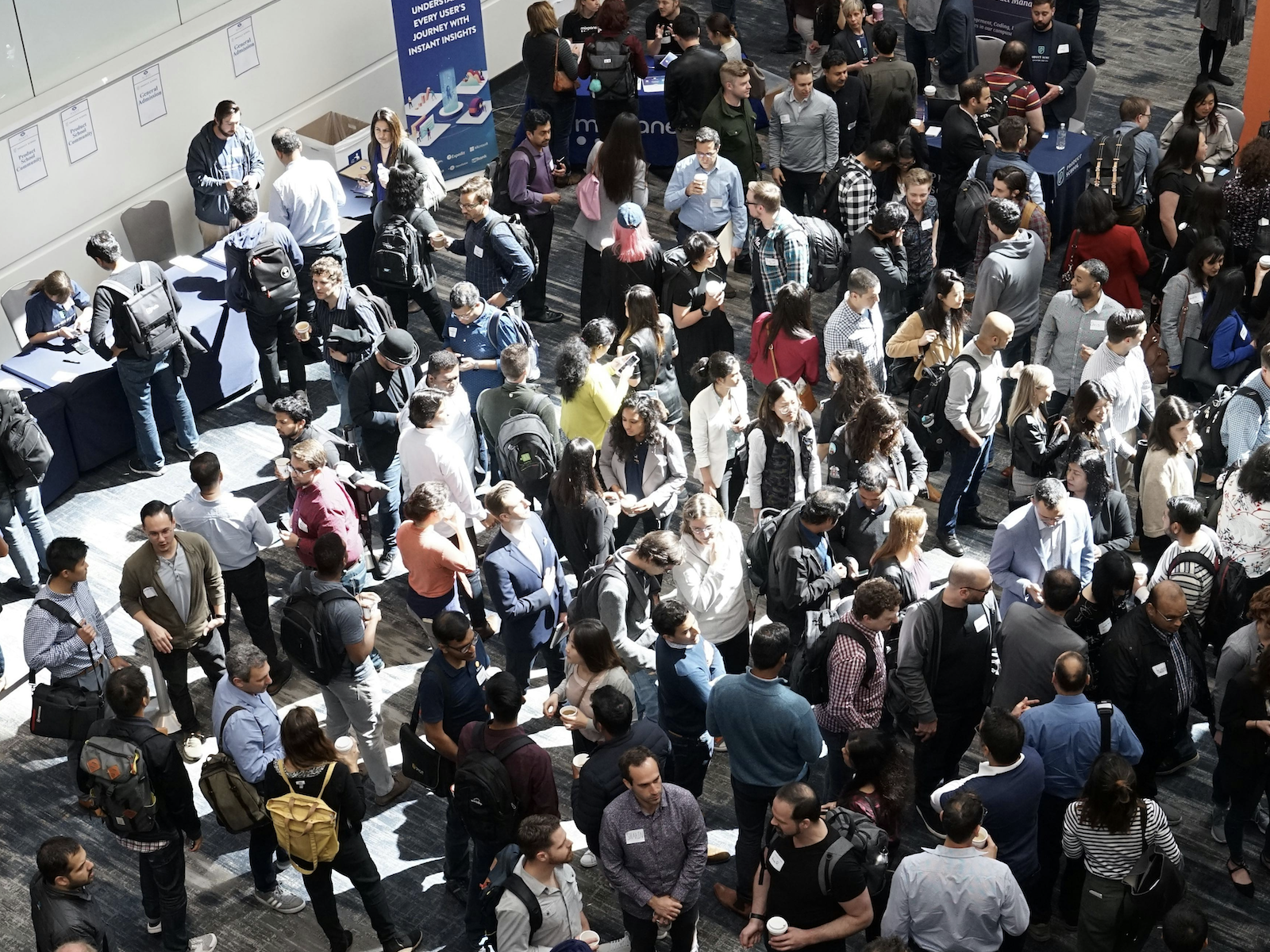There was no official jobs report this week, but the private payroll data that did arrive painted a troubling picture. According to ADP, U.S. companies shed 32,000 jobs in September, defying Wall Street expectations of modest growth and reinforcing what many economists have suspected for months: the labor market is losing steam.
In normal times, this data would serve as a preview for the Bureau of Labor Statistics monthly report. But these are not normal times. With the federal government shut down, the BLS is dark, no jobs data, no unemployment rate, no revisions. For now, ADP’s snapshot is the only signal left blinking in an otherwise quiet dashboard.
Small Businesses Take the Hardest Hit
The decline was concentrated among small and midsize employers, which together account for the bulk of American hiring.
- Firms with 20–49 workers lost 21,000 jobs.
- The smallest businesses with fewer than 19 employees cut another 19,000 jobs.
- Large employers with more than 500 workers were the only group to post net gains.
ADP also revised August numbers downward, from a modest gain of 54,000 to a slight loss of 3,000. The revision scrubs away any illusion of late summer stability.
Hiring Caution and Slowing Pay Growth
“Despite the strong economic growth we saw in the second quarter, this month's release further validates what we've been seeing, employers have been cautious,” said ADP Chief Economist Nela Richardson.
The report showed pay gains slowing, especially among job changers, where annual increases eased to 6.6% from 7.1% in August. Pay growth for job stayers held at 4.5%, slightly above inflation, a sign that wage pressure is easing as worker mobility cools.
Industries that led the post pandemic rebound, including leisure and hospitality, professional and business services, and financial activities, all weakened.
A Data Desert with Real World Consequences
Ordinarily, Friday’s BLS report would fill in the gaps, providing unemployment and participation rates, sector detail, and revisions. But with the government shuttered, the U.S. economy is effectively flying blind. Investors, employers, and job seekers must interpret the labor market through one partial dataset and a handful of private surveys.
One thing is clear: the labor market that once seemed unshakable has started to bend. Whether it breaks depends not just on fundamentals, but on how long Washington’s silence lasts.





